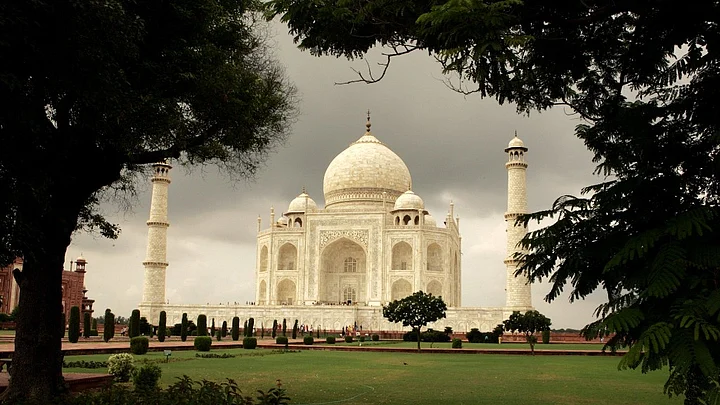Tourists visiting the Taj Mahal will have to pay more starting 1 April, as the government has decided to introduce a Rs 200 charge for those wishing to enter the main mausoleum of the heritage site and also raise the fee to enter the complex from Rs 40 to Rs 50.
Speaking at a media briefing, Union Culture Minister Mahesh Sharma said the changes have been effected to "preserve the Taj Mahal" and for better crowd management.
As of now, there is no separate fee for entry into the main mausoleum, where the graves of Mughal emperor Shah Jahan and his wife Mumtaz Mahal lie.
We need to preserve the Taj Mahal for generations to come. New ‘barcoded’ tickets would cost Rs 50, instead of the earlier Rs 40, and it would be valid only for three hours. A separate ticket of Rs 200 will be needed to enter into the main mausoleum at the Taj Mahal, to ensure the protection of the area and better crowd managementMahesh Sharma, Culture Minister
Sharma further stated a recent report by the National Environmental Engineering Research Institute (NEERI), which had conducted a study on Taj's load-bearing capacity and recommended immediate steps to reduce footfall into the mausoleum for its protection.
"We thought capping the number of tourists per day was not a viable option, but we had to do something. The hike in prices is not to generate revenue, but to ensure that only people who are genuinely interested enter the area," the minister said.
The Supreme Court recently directed the Uttar Pradesh government to submit a vision document on the preservation of the monument.
Sharma also said that the ministry had taken special steps to ease the visit of foreign tourists, who pay Rs 1,250 for entry into the Taj Mahal. He said separate queues, separate toilets, and a corridor will be built for them from the Agra railway station to the Taj, in collaboration with the Ministry of Aviation and Road Transport Ministry.
The minister pointed out that the government has already spoken to authorities concerned to stop “lapka culture (culture of touts)” around the Taj Mahal.
"We are exploring how we can bring this 'lapka culture' to an end by bringing them under the ambit of serious offences and organised crime so that they can be booked accordingly.
"First, we will warn them, then we will identify them and then we will punish them. We want to bring this in by 1 April. These touts are a menace," he said.
The minister also said that his stand on touts is not just restricted to the protection of the tourists at Taj Mahal, but across places of tourist interest around the country.
Sharma, who met senior officials of the Agra district authorities recently, also said many tourists, both domestic and foreign, who visit the Taj are ambushed at the station itself and the harassment continues during their stay in the city.
One of the seven wonders of the world, the Taj Mahal was commissioned in 1632 by Shah Jahan as the tomb of his wife, Mumtaz Mahal.
The monument was designated as a UNESCO World Heritage Site in 1983 as “the jewel of Muslim art in India and one of the universally admired masterpieces of the world's heritage.”
(At The Quint, we question everything. Play an active role in shaping our journalism by becoming a member today.)
